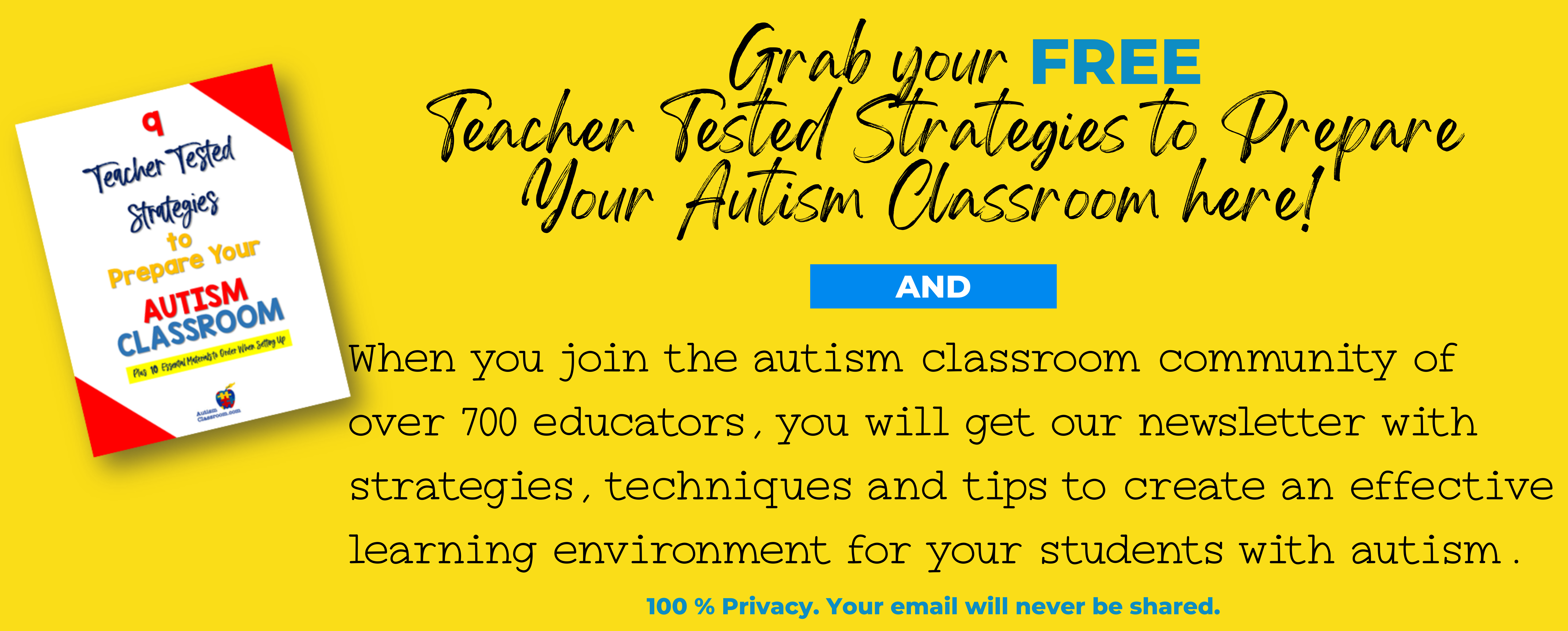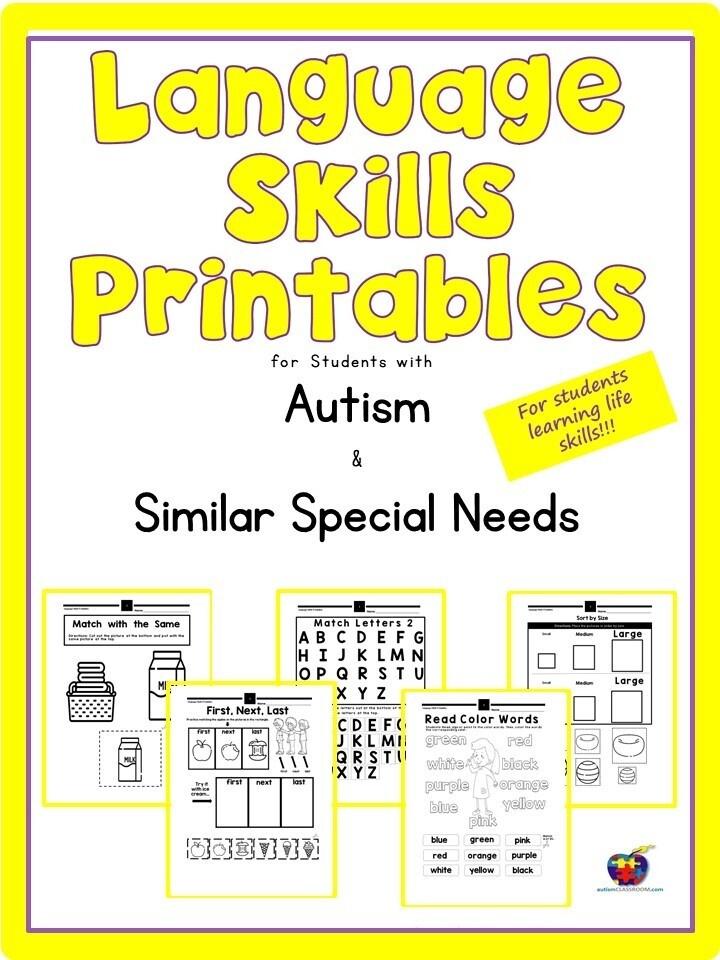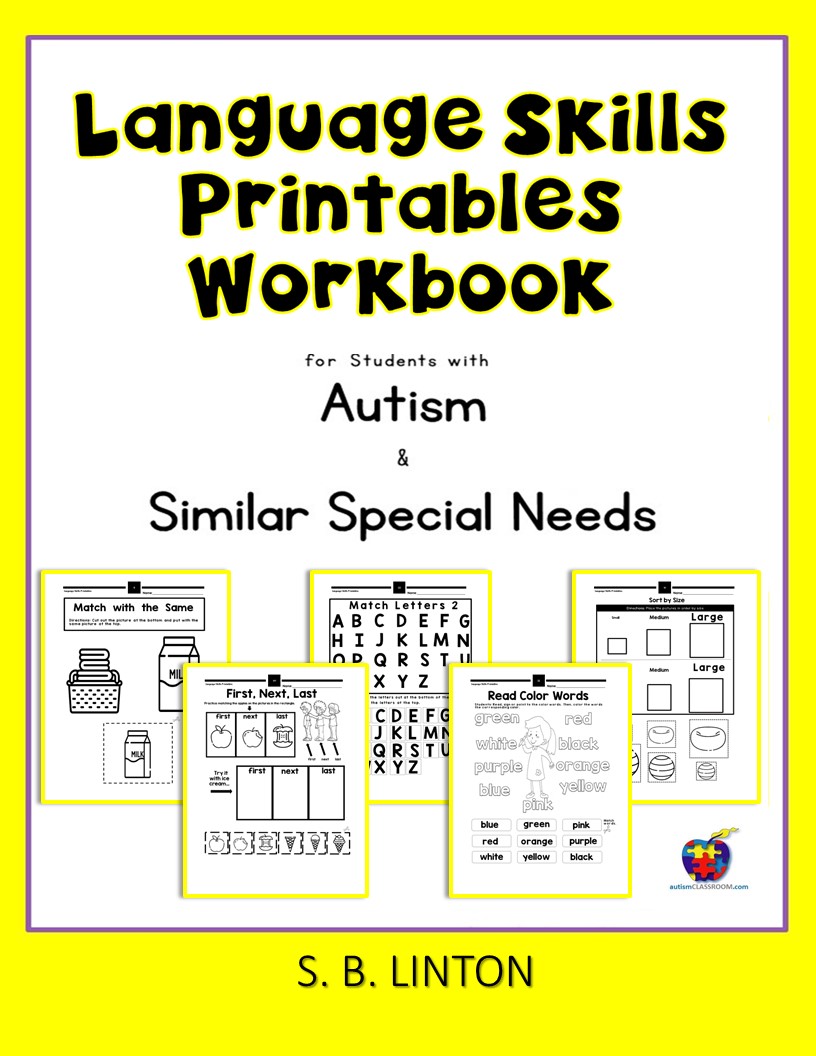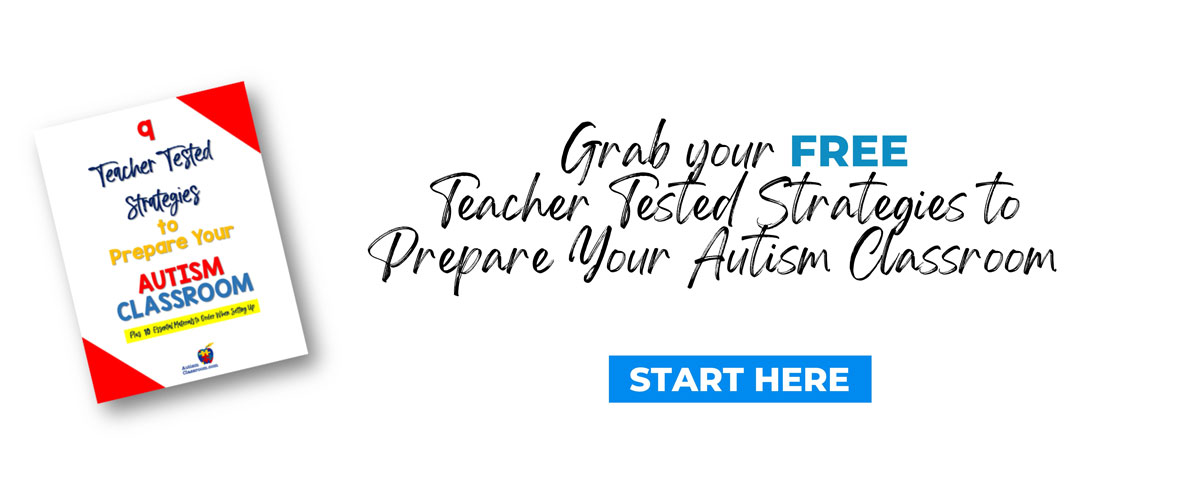Ideas for Encouraging Communication and Social Behavior In Children with Autism
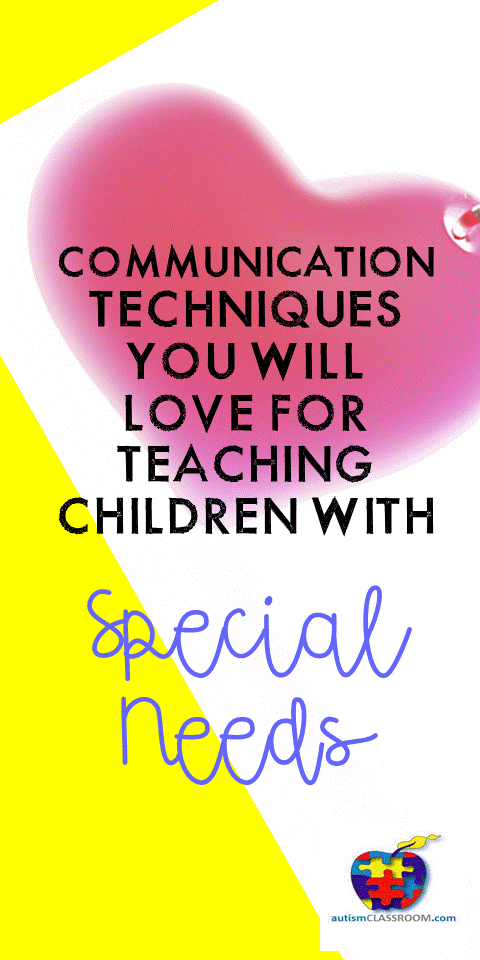
I learned the importance of nonverbal communication skills early on when I had a student with autism who loved to climb. He would climb on top of tables, bookshelves, and monkey bars. I would always closely watch him, and for the most part, he was mindful about his climbing. However, one day, he jumped off, and my heart nearly jumped out of my throat. Luckily he was not injured, and I tried to discuss the gravity of the situation with him. However, it was challenging to convey my intentions verbally. I quickly realized I needed additional strategies to communicate with him and help him communicate with us.
Communication is essential for all people, and it does not have to be verbal. It can also include the exchange of common signs, symbols, or behavior. In fact, most of the time, communication symbols are nonverbal. Nonverbal cues give us important information on their own. When paired with a verbal message, nonverbal cues can provide additional information to help make the message really clear. For example, have you ever "talked" to someone just by using your eyes?
All people with autism communicate. Some nonverbal communication skills include gestures, signs, symbols, and behavior. Some kids can say a few words or sounds. Others communicate with words and phrases. In order to increase communication skills, educators and caregivers analyze what communication skills the individual is bringing to the table and build on those skills. Many behavioral therapists use nonverbal communication techniques for people with autism spectrum disorder. On this page, you will learn a few techniques to help support your student's needs and get beyond nonverbal communication barriers.
Mand-Model Technique
The Mand-Model technique will encourage communicative competence because it is designed for children who are generally not initiators of communicative exchanges. The Mand-Model technique is used to request a verbal response from a child who may not typically initiate verbal communication. This technique involves modeling verbal communication by naming the object the child desires. Then, you can have the child repeat what you have said. This approach is likely to be successful with children when they will be communicating to recieve highly preferred items. For example, food, drink, and toys are more likely to ensure a high level of motivation. (Mirenda & Iacono, 1988)
Incidental Teaching Technique
Incidental teaching refers to the the “interaction between an adult and a single child, which is used by the adult to transmit information or give the child practice in developing a skill.” All interactions are child-initiated. However, in order to produce the child’s interactions, the adult arranges the environment so that the child will need the adult’s assistance in order to get a desired item. (Mirenda & Iacono, 1988) It is almost like you are getting in their way on purpose so that they have to do something to communicate to you or to get your attention in order to get what they want.
Time Delay Technique
Time Delay is a natural-environment intervention designed to give the children more opportunities for communication. This allows environmental stimuli rather than adult verbalization as cues for communication. For example, you can use time delay by holding out a toy and saying immediately, "I want a toy." Have the student repeat the request. Then space out the time between when you hold out the toy and say, "I want a toy." You will use that space of silence to allow the student time to hopefully form the request on their own. The hope is that this technique will encourage the student to be more spontaneous and independent.Time delay is a strategy to use with individuals who have been verbally cued to communicate and have become dependent on the adult prompts, or individuals who need some encouragement to be more spontateous and independent. (Mirenda & Iacono, 1988)
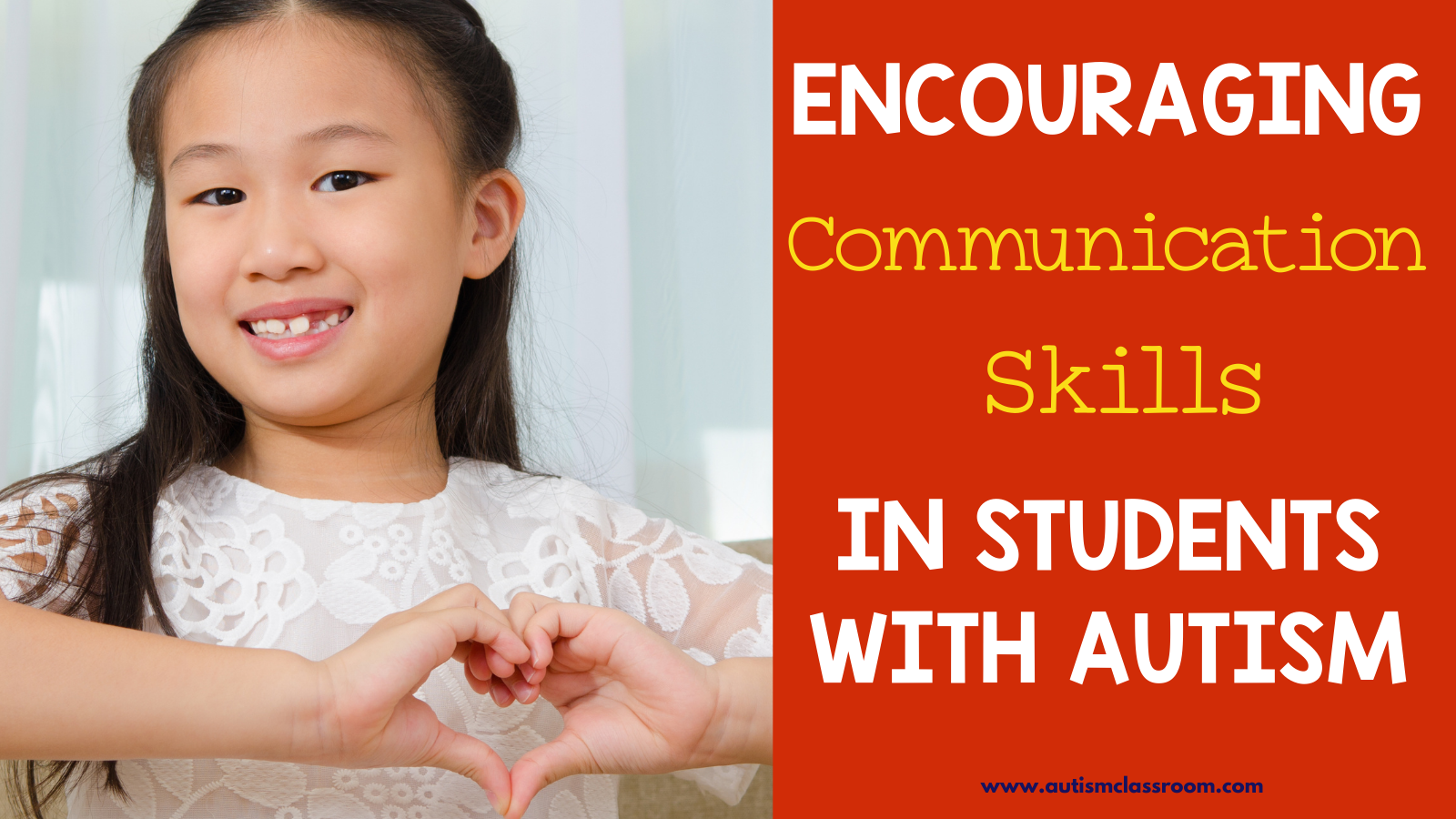
Make Items Inaccessible
Place items in a spot where the child can see them but cannot obtain the item without assistance from the adult. This can be done in several ways. First, highly motivating items can be placed behind the adult but in clear view. Since the child cannot go through the adult, they must communicate with the adult to receive the item. Second, items can be placed inside a cabinet, container, or closet, and picture icons or photographs can be placed outside the closet or cabinet door. This also makes the child need assistance. Third, adult assistance can be made inaccessible. For example, if the child has difficulty opening, activating, or obtaining an item, do not rush to their aid. Instead, give 5-10 seconds of wait time to see if the child will attempt to initiate (sign, ask, point to a picture) the request for help.
Functional Communication Training
Provide the child with more appropriate ways to express himself or herself. Challenging or inappropriate behaviors are typically an attempt for children to communicate a message to others. Through functional communication training, challenging behaviors are viewed as communicative acts that are functionally equivalent to alternative and more conventional methods (Wetheby, Warren, and Reichle, 1998). You can practice functional communication training by focusing on using verbal, picture or sign language communication in place of non-desired behavior.
Teach Language Skills Directly
Directly teach the skills that you want the child to learn. Highlight the aspects of language that may be difficult for them or areas where they have a deficit. Think about teaching beginning skills like matching, identifying the same, identifying different, labeling items by pointing or saying the word, demonstrating actions when asked, etc. The skills listed/highlighted in these Language Skills Printables may give you an idea of what to work on in the area of language. Or, check out the Language Skills workbook version for ways to teach language.
Modified Interrupted Behavior Chain
A typical interrupted behavior chain (IBC) strategy uses naturally occurring routines as contexts for communication since it requires children to request assistance (Mirenda and lacona, 1988). For example, in a modified, interrupted behavior chain, the child will complete a behavior chain such as putting on your shoes or making your bed. Then the interruption comes when one of the materials required to complete the behavior is intentionally missing. You will make sure to pretend to leave out a key component. This will encourage the child to verbally ask for the missing item.This strategy might work well for children who are minimally motivated to communicate (Mirenda and lacona, 1988).
Provide Structured Routines
Providing structured routines is also an excellent way to help children on the autism spectrum. According to psychologist Piaget, a child's sense of knowing comes from routines and mental structures. As structures become more complex, children need to learn to assimilate and accommodate the stimuli.
A consistent, structured routine will provide the child with exposure and practice in the area of accommodation (knowing how to use the item). The more times the child is presented with a situation, the more experience they will gain. This will better the child's chances of correctly performing that skill.
Providing structured routines may also increase the child's functioning in Piaget's psychological structure of means-ends. As the adult begins "setting the stage" with structured, consistent routines, the child will begin to understand that they can make things happen in their environment through communication. The child begins to expect and count on certain things happening due to a particular event.
Visually Clarify Expectations, Routines and Tasks
Pictures for nonverbal communication work particularly well for children with autism. They seem to decipher visual instructions more efficiently than verbal commands. Verbal messages, such as spoken words, are difficult for children with autism to process because they disappear fast.
Non-transient messages, on the other hand, provide a clear and stable message that the child can refer to with or without the adult's assistance and without the need to understand the meaning of the word. The pictures alone often provide a visual cue of what is being referred to or expected of the child. Children with autism spectrum disorders require visual support in each aspect of their environment. For example, there should be visual support in the school setting to help the child understand the routines, behavioral expectations, and work tasks expected of them. In the home, the child should have visual support to aid in self-help skills, choice-making for eating routines, and behavioral expectations.
Structure Play Activities
Provide structured play activities to sustain communication between the child and the adults in their environment. In these activities, your child must use symbolic forms of communication to interact to continue playing with a favorite toy or game. Research on long-term memory suggests that meaningful rehearsal of a task is one factor that positively influences long-term memory (Ormrod, 1990). Routine, structured play activities provide a significant rehearsal for the child to use their communication board, language signs, or words. By creating a planned incidental learning environment, you will help promote the child's recognition of correct responses. Communication boards like the board below can be found here.
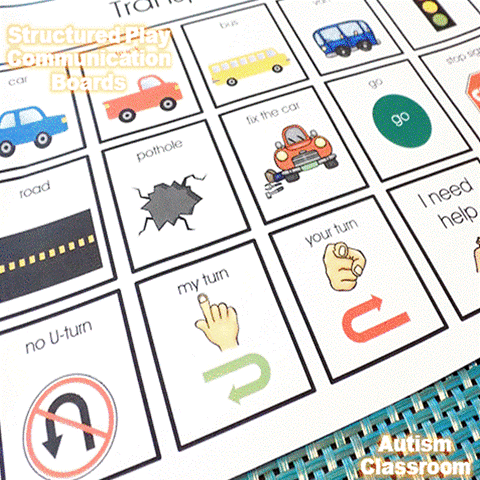
Provide Non-Linguistic Contingent Responses to Your Child’s Behaviors
Non-linguistic contingent responses typically add little linguistic reinforcement beyond acknowledging the child's behavior. You simply comment on what is happening. However, non-linguistic contingent responses can influence communication by enhancing joint attention focus, the child's knowledge of cause and effect, and the child's exploration of their environment. All factors have been recognized as positively influencing future communicative acts.
Provide Linguistic Contingent Responses to the Child’s Behavior
Linguistic contingent responses to a child's behavior mean that the adult responds to the child's communication attempts by responding directly to the words they have said. In other words, linguistic contingent responses are essentially a dialogue that reinforces their communication.
Linguistic Contingent Responses take on two different forms: linguistic contingent responses to the child's verbal communication and linguistic contingent responses to the child's focus of attention.
With the first form, the adult must add information about the child's communication attempts by expanding on the topic. For example, if the child used the sign "more" or pointed in the direction of the chips, you would expand the communicative act by saying, "You want more chips." Studies conducted on typically developing children showed that the child's language increased by expanding on what the child said. (Wetherby, Warren and Reichle, 1998)
For the second form, when the child is engaging in an activity or appears interested in an activity, the adult can make verbal comments about the focus of the child's attention. This will serve to provide common interest between you and the student and provide a label for the items in the child's environment. Since children are often more willing to communicate about exciting things, this strategy may increase their communicative interactions. Linguistic contingent responses to the child's focus of attention have been shown to positively relate to vocabulary and noun use in children 9 months later (Wetherby, Warren, and Reichle, 1998).
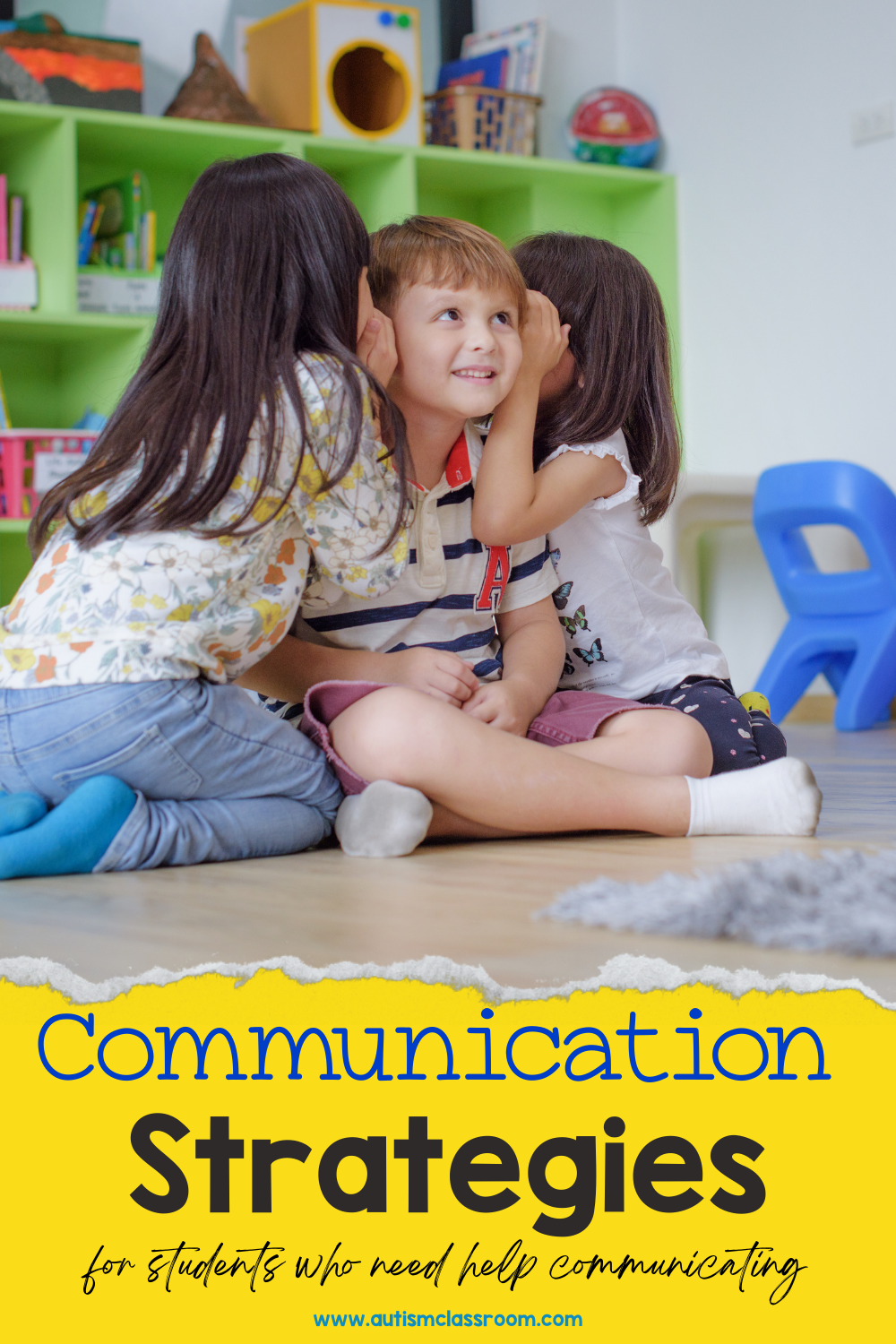
Nonverbal Communication Strategies
For students who exhibit little to no verbal skills, there are still plenty of ways for them to communicate and interact.
- Give Your Students Time to Respond- When communicating with students with autism nonverbal methods must be seen as valid communication. When communicating an idea or asking your student a question, it can be tempting to rush them to the answer or answer for them. However, by doing this, you may miss out on any nonverbal gestures or slight responses they give.
- Shorten Your Communication- Too much talking or complex ideas can easily overwhelm some students. When communicating an idea, try to use as little words as possible. Be clear and concise. For example, use short words like “ball”, “train”, or “doll” to identify whatever object they are using. Also, pictures for nonverbal communication are short and to the point. If you or the student point to a picture of “doll,” immediately, you both know what is meant.
- Focus on Interactive Reading- Whether or not a child can speak, it is still important that they learn how to read. As you read to your student, let them follow along with their fingers so they can learn to associate the words with the sounds. Using assistive devices like computers, voice output devices and tablets will also give them the power to use the words they have learned to communicate without having to speak verbally.
- Encourage Play and Other Social Interactions- When it comes to nonverbal communication barriers are typically there when children attempt to play. Learning to play is important for every child, but especially needs to be taught who have limited verbal skills. There are many games and activities that can be shared that do not involve lots of verbal communication.
Verbal Communication Strategies
If your student is fully verbally or is slowly learning, it is always important to reward and encourage further development.
- Exaggerate Your Gestures- Students with autism are known to associate words with visuals more than other students. For this reason, using exaggerated gestures is a great way for them to remember the associated word. For example, spread your arms out when describing something large, point to your smile when you’re happy, and shake your head when saying “no.
- Be a Model and Expand on What They Say- No matter what level of verbal communication your student is at, always use what has been referred to as the “one-up” rule. If they use two words when speaking, respond with three. If they use three, use four. Slowly increasing the volume of words will hopefully push them to create more complex ideas over time.
- Meet Your Student Where They Are- If your student doesn’t seem to ever want to do what the other kids do, don’t try to change their behavior to “fit in”. Instead, find out what they’re interested and use that to your advantage. Your student will be excited to share what they’re passionate about, and you can use it as a conduit to help them be an “expert” and share with the other children.
- Label Objects in Your Classroom- LABEL. EVERYTHING. In the same way you use pictures for nonverbal communication, you can use pictures to help students with verbal skills to recall and remember words. This strategy will benefit both your verbal and nonverbal students immensely by helping them build communication skills. It will help your verbal students add new words to their vocabulary, and it will help nonverbal students associate objects with a written word to develop their reading skills.
Above all else, it’s important to remember to have fun! Your students should view communicating with others as enjoyable rather than a chore. If both you and your students can find joy in these strategies, it will create strong learning foundations that will benefit them for the rest of their lives.
Want more information to keep building skills?
Click the yellow box below for educator and parent tips.